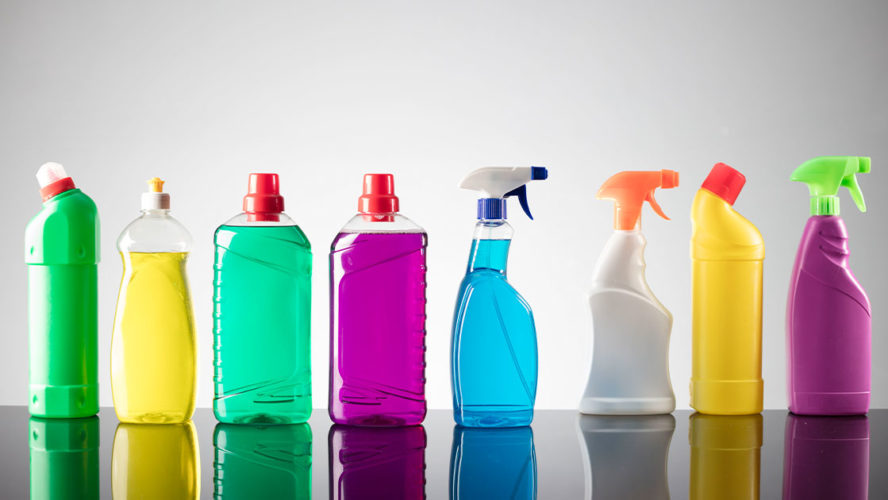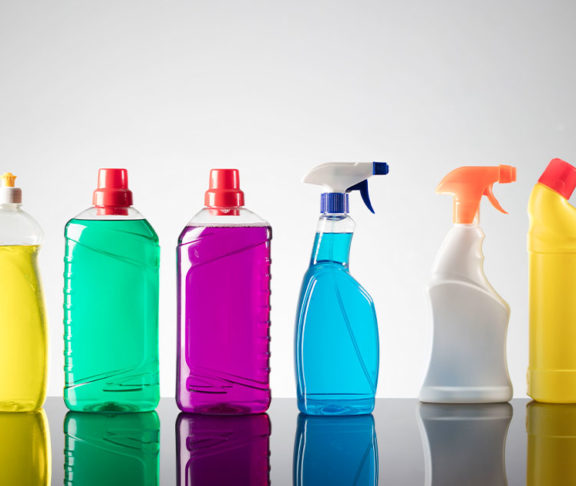Trying to live a sustainable lifestyle? Molly R. Blessing, director of sustainability for the Household & Commercial Products Association, talks about finding the right products to clean, protect, maintain, and disinfect your home and workplace without harming the planet.
What’s the role of household products in fighting climate change?
A challenge as big as climate change needs collective action from all sectors, organizations, and people to tackle it. The impact of the products we use to clean, protect, maintain, and disinfect our homes and workplaces might seem small compared to things like our energy use, but it all adds up.
Delivering a product from raw materials to a consumer and disposing of it at end of life uses energy, not to mention energy consumed during use for products like laundry detergent that may require heating large amounts of water.
Changing the way one product is produced and used can have a positive impact on the planet.
How is the household and commercial products industry driving change for the good of the planet?
The industry is continually innovating to improve the sustainability of products that people rely on to live cleaner, healthier, and more productive lives. We focus on three pillars: sustainable chemistry (what’s in the product), sustainable packaging (how the product is contained), and transparency (what information the consumer or worker has access to).
Companies are changing what’s in the product to include safer chemicals and more biobased materials, and reworking whole formulations to make the product more efficient. For example, some laundry detergents have been redesigned to work just as well in cold water as in hot, meaning we can save energy from not having to heat up water when we wash our clothes.
On the packaging side, companies are using less material by supplying concentrated products that users can dilute at home, or by creating and investing in systems for reuse and refill. Companies are also designing their packaging to use more recycled content, where possible, and to be compatible with the technology in use today in America’s recycling system to help packaging actually be recycled at end of life.
While this is all great, for those of us looking to become more conscientious consumers, having the right information about a product’s sustainability attributes is critical. To promote transparency, the Household & Commercial Products Association (and its members) led the passage of the 2017 California Cleaning Product Right to Know Act, which has become the de facto national standard for ingredient disclosure for cleaning and disinfecting products. We also advocate for funding and development of third-party certifications and use standard ingredient names to promote consistency in product labeling.
How can we as consumers make a difference and support sustainable solutions?
Read the label. Companies use labels and QR codes to provide critical information on how to use a product to get the most benefits from it, how to reuse or refill it if the product is designed for that, and how to dispose of it (including how to properly recycle it) when the product has reached its end of use. If you buy a cold-water detergent but use hot water to wash your clothes, all of the work the company did to design the product to work with cold water goes to waste and energy isn’t saved after all.
Use the whole product. Sometimes we buy more than we need and throw away a full or partially full product. This creates more waste because most products can only be recycled when empty, so a container that could have been recycled is sent to landfill instead.
Check with your local municipality on what’s recyclable. Right now, not everything can be recycled everywhere. Different counties, and even towns, can have different requirements for what they accept for recycling. Check your local government’s website to understand what products your local facilities accept.

